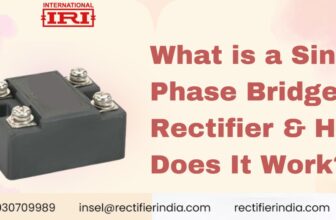
What Is Email Automation?
Email automation refers to sending pre-written emails to subscribers based on specific triggers or schedules. Think of it as having your marketing on autopilot—no more manually sending emails for every update or sale. For example, imagine you sign up for a brand’s newsletter. Minutes later, you receive a friendly welcome email introducing the company’s best products. That’s email automation at work.Why Should You Use Email Automation?

Save Time
Automated emails handle routine tasks, freeing up your time to focus on strategy and creative projects.Boost Engagement
Targeted emails sent at the right time make subscribers more likely to open and interact with your content.Improve Customer Experience
Email automation allows businesses to send timely, personalized content based on user actions.Real-life Example:
A clothes company might send notifications to clients who have things in their cart, encouraging them to finish their purchase. It’s like having a friendly shop assistant who gently reminds you not to forget your items.How Does Email Automation Work?
At its core, email automation relies on triggers and workflows:Triggers
These are specific activities that a user may perform, such as signing up for a newsletter or leaving items in a shopping cart.Workflows
Once a trigger is set, a workflow determines the sequence of emails to be sent.Example Workflow:
-
- Day 1: Welcome email
-
- Day 3: Product recommendations
-
- Day 7: Special offer
Getting Started with Email Automation
Step 1: Select the Appropriate Email Automation T
Plenty of tools are available, from beginner-friendly options to more advanced platforms. Look for one that suits your business size and goals.Step 2: Segment Your Audience
Grouping your subscribers based on interests or behaviours allows for more personalized emails.Step 3: Create Compelling Content
Your emails should offer value, whether a discount, helpful information, or a heartwarming story.Step 4: Test and Optimize
Regularly review your email campaigns to see what’s working and what isn’t. Tweak subject lines, timing, and content for better results.Best Practices for Email Automation
Keep It Personal
Address subscribers by their name and tailor content to their preferences.Provide Value
Always ask yourself: What’s in it for the reader?Don’t Overwhelm Subscribers
Too many emails can annoy users. Strike the right balance.Storytime:
A small bakery once automated email campaigns to share weekly recipes and baking tips. Their open rates soared, and loyal customers eagerly awaited the “Tip of the Week” email. By providing genuine value, the bakery became a household name in their community.Use Clear Calls to Action (CTAs)
Every email should have a purpose, whether to read a blog post, make a purchase, or reply with feedback.Clearly defining the CTA is important factorCommon Email Automation Scenarios

Welcome Emails
Greet new subscribers warmly and introduce your brand.Abandoned Cart Reminders
Encourage customers to complete their purchases.Birthday or Anniversary Offers
Make subscribers feel special with exclusive deals.Re-engagement Emails
Win back inactive subscribers with enticing offers.Pro Tip:
A software company successfully revived 40% of its inactive users by sending friendly, value-packed re-engagement emails. Email automation is a revolutionary tool for companies of every size. When done right, it builds stronger customer relationships, drives sales, and saves valuable time.Now is the moment to start taking advantage of the benefits of email automation, whether you are a small business owner or an experienced marketer.FAQs
1. What is email automation?
Email automation sends pre-written emails triggered by user actions or schedules.






